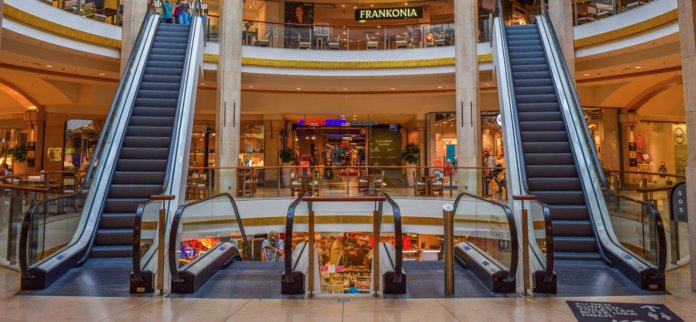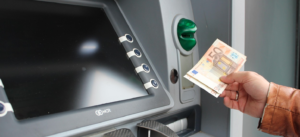Navigation and wayfinding can truly shine through digital signage. With dynamic visuals, you can make it as rich or as simple as you want and truly impress your customers. Before that, it’s crucial to determine if your business even needs wayfinding digital signage in the first place. After all, if nobody makes use of the wayfinding information, it’s quite literally a waste of space. It could be used in so many other productive ways which boost the customer experience. The trick is to find the sweet spot where the contribution of your wayfinding content is worth the space it takes up.
Assess your store layout and key locations
The physical complexity and layout of your establishment will determine how complex your wayfinding and navigation content needs to be. The first step is to determine which places are relevant enough to be mentioned. A great source for this sort of information is your staff and, of course, your customer base. Learn which areas are asked about the most. In larger shopping centers, customers may struggle to find the checkout during high traffic. Hotels, motels, and even restaurants can use digital signage to direct users to restrooms, restaurants, the garage, or the spa area.
Include navigation in your digital signage alongside content which promotes the services. For example, if a user interacts with your signage and views available services at the hotel, they’ll want to know where to find them.
At this stage, you will also find out if you even need wayfinding at all. Perhaps most of your customers are locals who know their way around. If nobody is really in need of wayfinding or navigation, there’s no need to use up the space on your displays for that purpose.
Determine the level of complexity
Based on the layout of your store and the need for navigation, there are different degrees of complexity you can implement into your digital signage.
Non-interactive wayfinding campaigns use a simple map, either with directions to key points or a map of the area. These layouts are great for locations such as airports, campuses, or large shopping centers. This scale makes it more difficult to ask for very specific directions and is helpful when users are looking for a larger area, such as an airport gate, a store within a mall, or a building on a university campus.
Interactive wayfinding campaigns allow the user to request more specific information. This can be something as simple as zooming into a map to reveal additional locations. Users may even type in a location of interest, then get directions. In this context, interaction happens through touchscreen technology, scanning QR-codes, or any other method available via digital signage, such as beacon technology, and even motion.
On-demand wayfinding is a great way to create a balance of content for displays which already have campaigns running. Users can simply pull up wayfinding at the touch of a button, or even by simply approaching a display. This ensures wayfinding doesn’t take up space when nobody is needing it. Your digital signage can instead focus on promotions or entertainment for most of the time.
Look beyond your establishment
There is no shortage of wayfinding content for shopping malls or airports. Their challenge is to decide how to package so much content into a single display. Meanwhile smaller establishments may be unsure if they even need any navigation, especially if their entire store can be crossed in just a few steps.
Smaller stores may not need wayfinding for their in-store locations, but that doesn’t take the entire concept off the table. Do your shoppers often ask about the nearest ATM or an exchange office in town? Build content to quickly explain it to them. In case the locations are too complicated to remember, pull up QR codes on your signage to allow them to quickly transfer your directions to their smartphone.
A small store in a mall might not need wayfinding inside. But it can direct its shoppers to other areas nearby, such as restrooms, changing areas, parking validation, elevator access, emergency exits, and so on. Meanwhile, a business in town can direct people to the closest parking garage, tram/bus stop, coffee shops, as well as partner stores.
Test and adapt
In the beginning, we noted that asking your staff and customer base can tell you which locations are most asked about. With interactive digital signage, be it touch screens or QR codes, you can get even more accurate data. Over a specified timeframe, keep track of how many interactions take place through your navigational content. If you see that certain locations are never requested, streamline your content.
You may even find that wayfinding is only seldom used by your customers. If this is the case, there is no need to dedicate a display for it full time. A small button in the corner of a display can be used to pull up wayfinding information on-demand. Lastly, if even that feels like a waste of space, wayfinding can still be of use in your system by your staff for whenever a customer does approach the front desk and asks such questions. This will show adaptability to brand new customers who are still finding their way.






